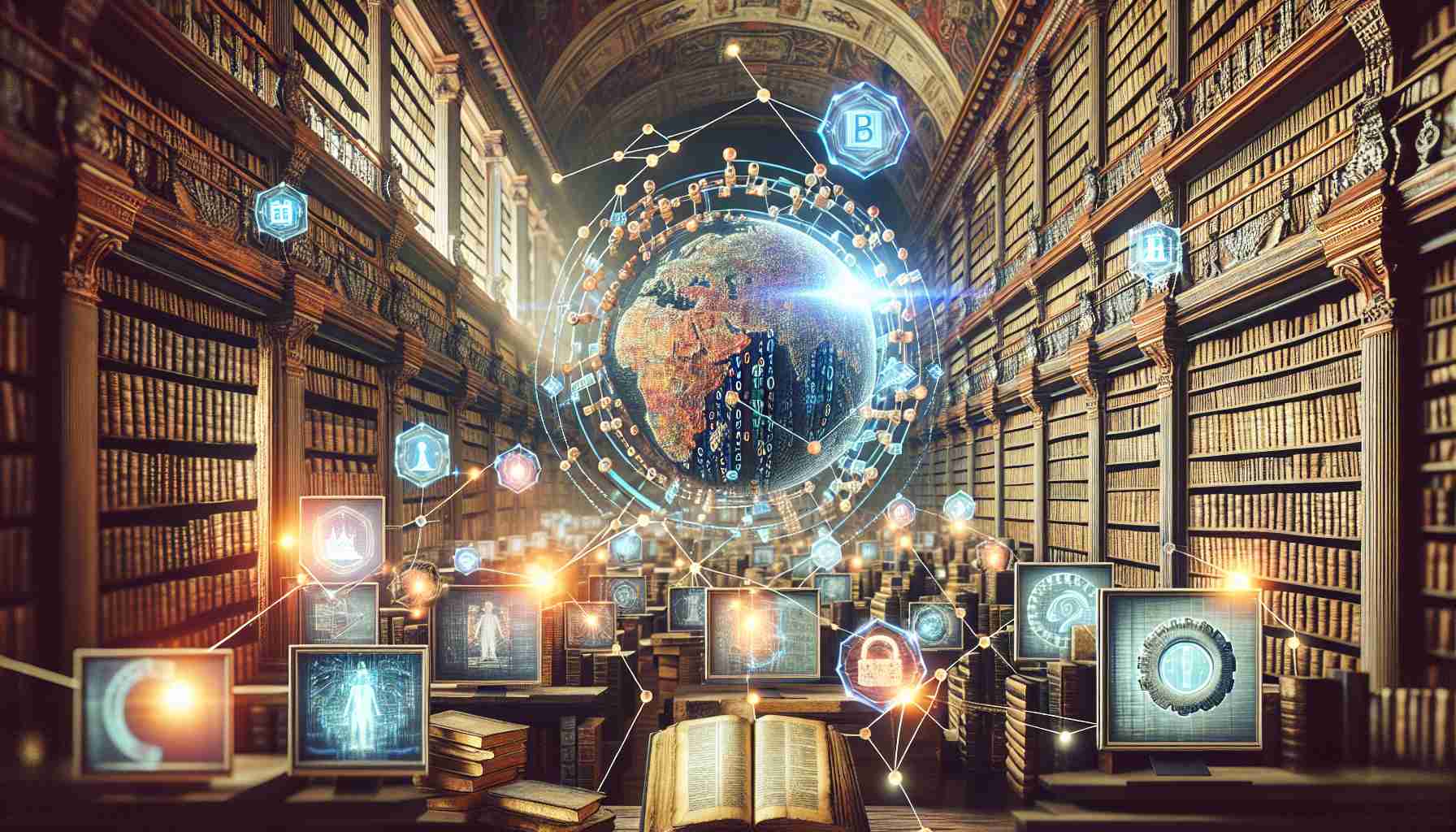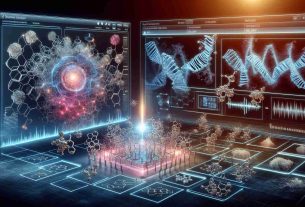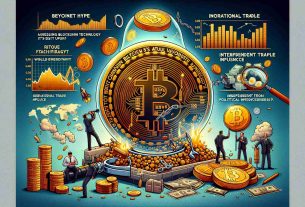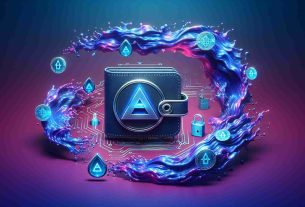The storied Vatican Library is ushering in a new era of digital preservation and public engagement by joining forces with NTT DATA Italia to employ blockchain technology. This endeavor, termed the “Vatican Library Web3 Support Project,” endeavors to augment the digital community orbiting the library and foster interaction leveraging cutting-edge tech trends.
With its trove of roughly 180,000 manuscripts and in excess of 1.5 million prints, the Vatican seeks to appreciate its patrons via the issuance of unique digital tokens, known as non-fungible tokens (NFTs). As of now, Italians have exclusive access to participate in this groundbreaking initiative, although precedent was set with a pilot in Japan earlier in the year.
In a gesture to incentivize social media engagement, individuals who broadcasted the NFT initiative by mid-July were honored with a “Silver NFT.” Such an asset accorded its owners a peek into an exclusive high-definition gallery of ancient scripts. Financial benefactors are rewarded with a “Gold NFT,” a key to a larger trove of 21 fully digitized manuscripts.
The project has yielded 419 custom, soulbound NFTs to date, as reflected on the OpenSea platform. These tokens, which bind immutably to the owner’s digital ledger, accentuate the role of blockchain in protecting treasures of yesteryears.
This Web3 strategy aligns with the library’s long-standing aspirations to democratize access to its age-old collections. In a digital leap forward, the Vatican introduced a revamped website in 2020, brimming with enhanced navigational features and a treasure of manuscript reproductions. Visions for the future include potential immersive experiences, such as augmented and virtual realities, enabling audiences to interact with history like never before.
Spanning a relationship since 2014, NTT DATA Italia has been an unwavering ally, employing their AMLAD digital archiving service to immortalize historical documentation. The tech giant’s investments in web3 infrastructure and impending cryptocurrency wallet reveal its dedication to a digital-first mindset.
The integration of blockchain technology by the Vatican Library is a significant milestone in the intersection of cultural heritage and digital innovation. Here are additional facts and insights:
Blockchain technology isn’t just about cryptocurrencies; it’s also about data management and verification. The use of blockchain ensures that each digital artifact’s provenance is traceable and tamper-proof. This could potentially revolutionize how cultural institutions manage and share their collections by giving patrons verifiable ownership or access rights to digital copies of artifacts.
The global NFT market has seen a surge in popularity, yet it’s also faced skepticism and controversy centered on issues like intellectual property rights, environmental concerns due to energy-intensive mining processes used in some blockchains, and the speculative nature often associated with the market.
Important questions regarding the topic:
– How does the use of blockchain technology preserve the integrity of cultural artifacts?
– What are the potential implications for copyright when digitizing and tokenizing culturally significant works?
– How will the library ensure that the digitization and NFT issuance process is environmentally sustainable?
Key challenges and controversies:
– The challenge of ensuring accessibility and equality in accessing digital services, especially when participation is initially limited to a specific region or group.
– Issues related to the digital divide and ensuring that these efforts don’t exclude those without the means or literacy to participate in the digital domain.
– The controversy regarding the ecological footprint of blockchain technologies and finding a balance between innovation and sustainability.
Advantages and disadvantages of the Vatican using blockchain:
Advantages:
– Provides a clear, immutable ledger of ownership and provenance for digital artifacts.
– Enhances security against data corruption or loss over time.
– Opens new avenues for public engagement with cultural heritage.
– Offers potential funding streams for conservation through NFT sales.
Disadvantages:
– Environmental concerns related to the energy consumption of blockchain networks.
– Potential complexities involving intellectual property rights and reproductions.
– Could limit access if technological, financial, or educational barriers are not addressed.
For more information about the adoption and implications of blockchain technology in various domains, the following links may be useful:
– NTT DATA
– OpenSea
– Vatican Library
These URLs lead to the main domains of the pertinent organizations involved in this endeavor and provide a range of resources for further exploration of this topic.



